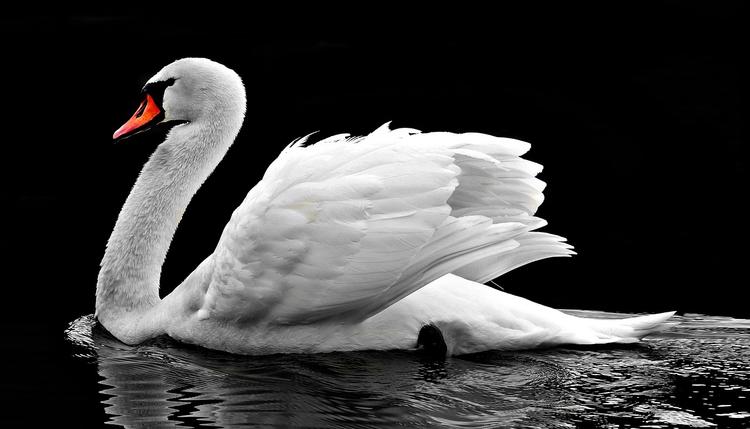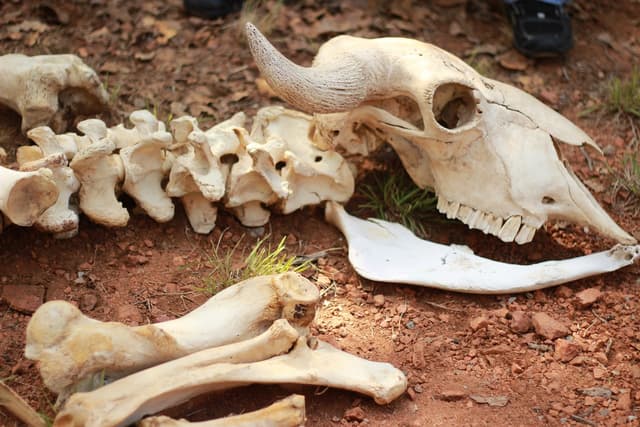Animal skeletons
I can compare and group vertebrate animals based on their skeleton.
Animal skeletons
I can compare and group vertebrate animals based on their skeleton.
These resources will be removed by end of Summer Term 2025.
Lesson details
Key learning points
- Different animals have different skeletons, including its size, shape and number of bones
- A skeleton that is inside of the body is called an endoskeleton
- Animals that have a spine inside their bodies are classed as vertebrates
Keywords
Skeleton - A skeleton is the set of bones inside an animal's body that supports its shape, helps it move, and protects important parts.
Compare - We compare things by looking at what is the same and what is different.
Endoskeleton - Animals with an endoskeleton have an internal skeleton.
Vertebrate - A vertebrate is an animal with an internal skeleton, including a spine.
Spine - The backbone of an animal is also called its spine.
Common misconception
Children often believe 'bendy' animals do not have a spine so classify them as invertebrates.
Use images of X-rays/ skeletons of snakes and eels will illustrate that they have spines and are therefore vertebrates.
To help you plan your year 3 science lesson on: Animal skeletons, download all teaching resources for free and adapt to suit your pupils' needs...
To help you plan your year 3 science lesson on: Animal skeletons, download all teaching resources for free and adapt to suit your pupils' needs.
The starter quiz will activate and check your pupils' prior knowledge, with versions available both with and without answers in PDF format.
We use learning cycles to break down learning into key concepts or ideas linked to the learning outcome. Each learning cycle features explanations with checks for understanding and practice tasks with feedback. All of this is found in our slide decks, ready for you to download and edit. The practice tasks are also available as printable worksheets and some lessons have additional materials with extra material you might need for teaching the lesson.
The assessment exit quiz will test your pupils' understanding of the key learning points.
Our video is a tool for planning, showing how other teachers might teach the lesson, offering helpful tips, modelled explanations and inspiration for your own delivery in the classroom. Plus, you can set it as homework or revision for pupils and keep their learning on track by sharing an online pupil version of this lesson.
Explore more key stage 2 science lessons from the Introduction to the human skeleton and muscles unit, dive into the full secondary science curriculum, or learn more about lesson planning.

Equipment
see addtional guidance
Content guidance
- Risk assessment required - equipment
- Exploration of objects
Supervision
Adult supervision required
Licence
Starter quiz
6 Questions
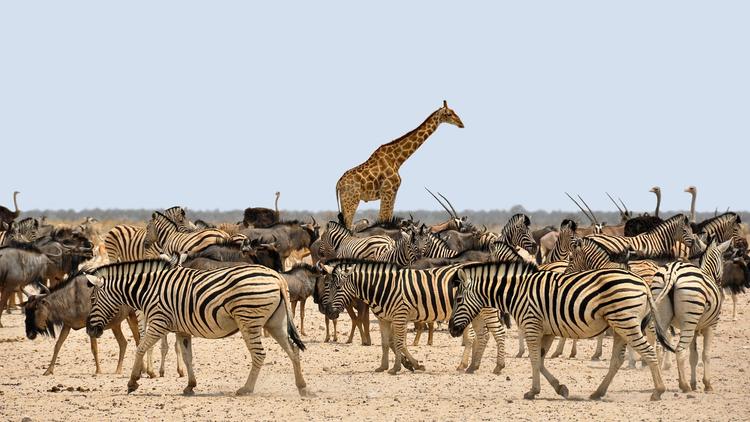
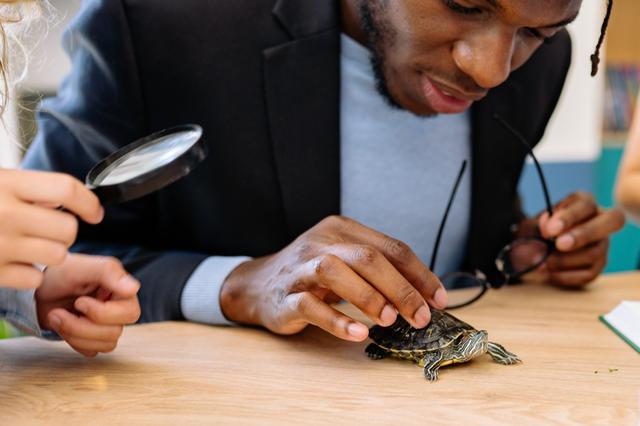
fish
bird
amphibian
mammal
reptile

reptile
mammal
fish
bird
amphibian

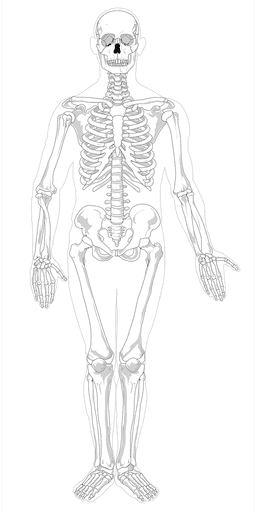
Exit quiz
6 Questions



